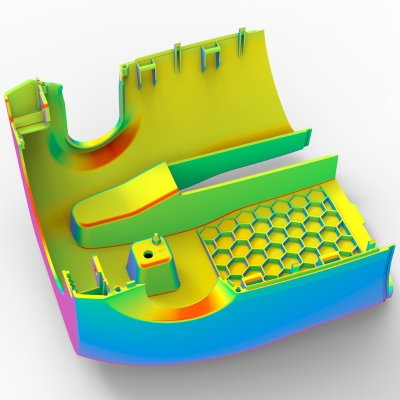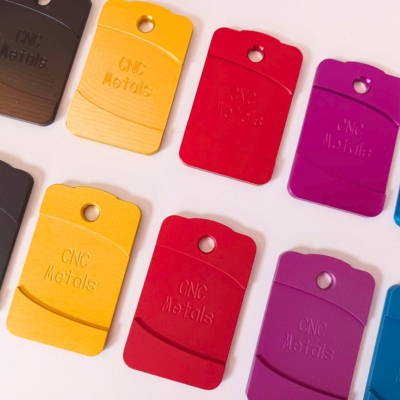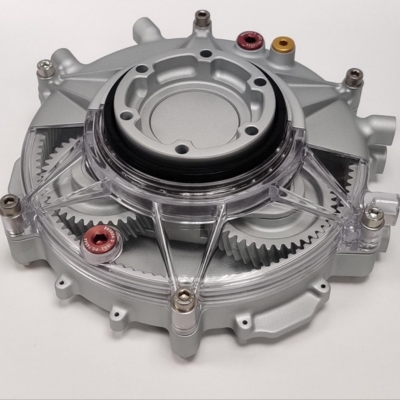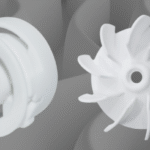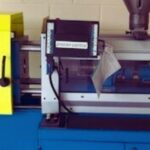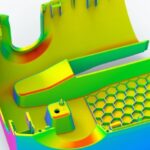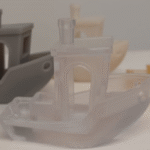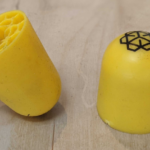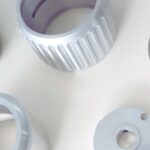- Home
- Injection Moulding
- The Basics of Injection Moulding: What You Need to Know
The Basics of Injection Moulding: What You Need to Know
Injection Moulding is one of the most widely used manufacturing processes in the world. From medical devices and automotive components to consumer electronics and household products, millions of parts are made every day using this tried-and-tested technique. But what exactly is Injection Moulding, and why might it be the right choice for your next project?
At Prototype Projects, we provide Injection Moulding alongside our range of 3D printing, CNC machining and vacuum casting services. This article takes you through the essentials – the process, the key terms, and the benefits you’ll gain.
What is Injection Moulding?
Injection Moulding is a manufacturing process used to create parts by injecting molten plastic into a mould cavity. Once cooled, the material solidifies into the shape of the mould, producing a part with precise dimensions and repeatable quality.
It’s a process particularly suited to producing medium to high volumes of parts, but with the right tools it also works for short runs, pilot projects and bridge production.
The Process Step by Step
Although Injection Moulding involves specialist equipment, the overall process is straightforward:
- Designing the part : The CAD model is used to design the mould tool, which typically consists of two halves: a core and a cavity. The tool is then manufactured, using a combination of CNC machining, EDM wire and spark; the project requirements will determine the mould material used.
- Creating the tool : The CAD model is used to design the mould tool, which typically consists of two halves: a core and a cavity. The tool is then CNC-machined; the project requirements will determine the material used.
- Injection : Plastic granules are melted inside the injection moulding machine and then injected under pressure into the tool.
- Cooling and solidifying: Once inside the tool, the molten plastic cools and solidifies, taking the shape of the cavity.
- Ejection : The tool opens, and the finished part is ejected. The cycle then repeats for the next part.
Key Terms You’ll Hear
- Tooling – The mould used to shape the parts.
- Core and cavity – The two halves of the tool that create the shape of the part.
- Shot – A single injection of molten material that fills the mould.
- Cycle time – The total time it takes to mould a part, from injection to ejection.
- Gate – The entry point where the molten plastic flows into the mould.
Materials in Injection Moulding
One of the strengths of Injection Moulding is the wide choice of engineering plastics available. From durable ABS and nylon to flexible TPU and high-performance medical-grade polymers, the process supports a huge variety of applications.
At Prototype Projects, we’ll help you choose the best material for your design, whether you need strength, flexibility, chemical resistance, or high heat tolerance.
The Benefits of Injection Moulding
Injection Moulding offers several advantages that make it a popular choice:
- Consistency – Each part is virtually identical to the last, with tight tolerances and reliable repeatability.
- Surface finish – Moulded parts often require little to no finishing, saving post-processing time.
- Scalability – Once a tool is made, thousands of parts can be produced efficiently.
- Material choice – Access to a wide range of plastics opens the door to functional and specialist applications.
- Integration – Injection Moulding fits neatly into the product development process, allowing you to validate designs before committing to full-scale production.
When to Consider Injection Moulding
While 3D printing and CNC machining are excellent for one-offs and early-stage prototypes, Injection Moulding is the next step when you need:
- Short production runs or bridge tooling before mass manufacture Consistent, production-grade prototypes
- Validation of design, material, and part performance
- A reliable process for repeatable batches
Bringing It All Together
Injection Moulding has stood the test of time for good reason – it’s flexible, reliable, and capable of producing parts that meet the highest standards.
We offer Injection Moulding as part of our in-house offering to complement our full range of prototyping and low-volume production services. From CAD upload and DFM advice to toolmaking, moulding, and sampling, we’ll guide you through every step.
Got a part in development?
Want to explore Injection Moulding for your next project? Visit our Injection Moulding page or get in touch with our team on 01763 249760 today.

